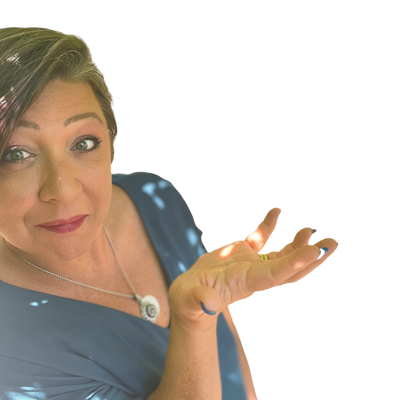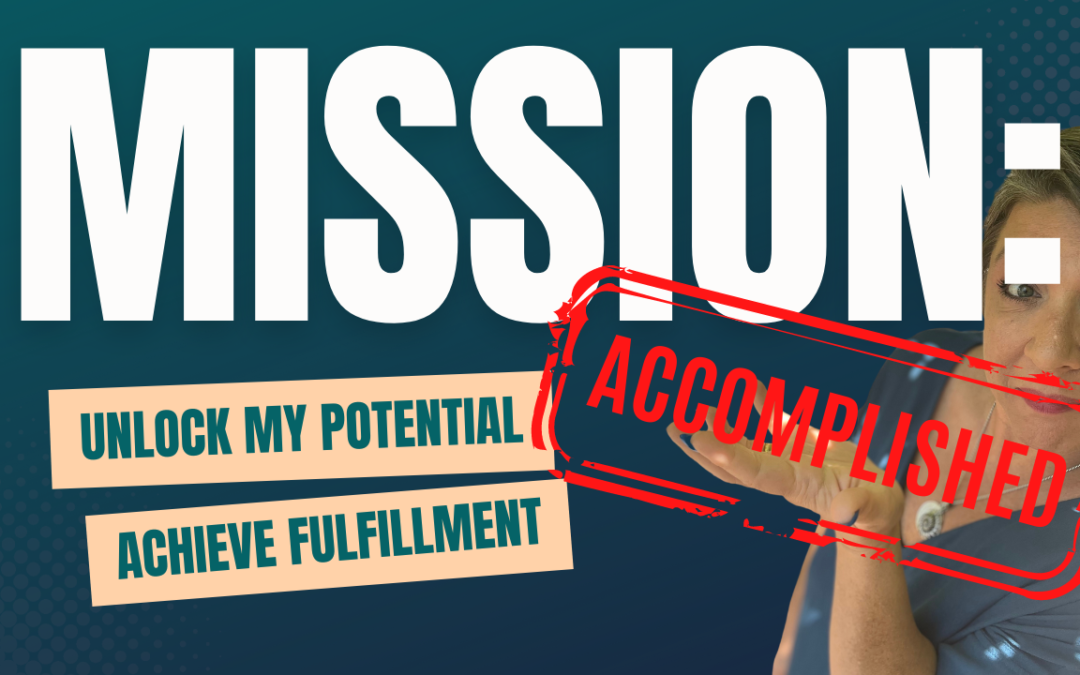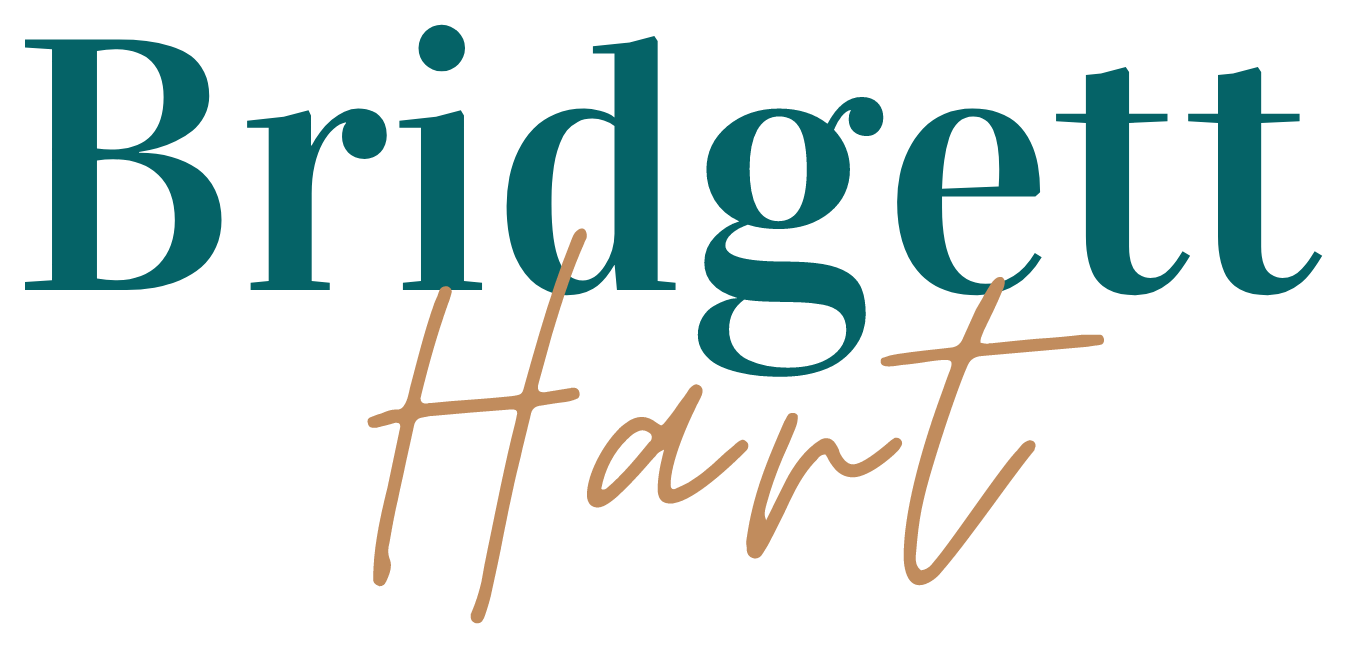How to Use Your Creativity to Access Your Creative Genius

Sometimes the best thing you can do for work is stop working.
We already had a 20% deficiency when we got the letter. The additional 20% cut to our government contracted rates for providing group home services was going into effect in two weeks. Our payroll was 80% of our expenses and critical to providing our services so layoffs weren’t an option. It felt like the worst possible scenario but we made it through by finding creative solutions to common and uncommon problems, developing systems to close our gaps, and through the power of art therapy. Here are a few ways we used our creativity to access our creative genius and make something better out of the biggest challenge we faced as a team.
- Open-ended anonymous surveys, followed by optional, paid focus group sessions – one of the most important things we did was to create an open-ended anonymous survey for all team members to give us their feedback on what was working, what wasn’t working, and ideas they had for improving. We included vendors, clients, client families, and the whole team. Once we had processed the results of the first layer of data, we held focus group sessions that were paid time for employees so they could give deeper feedback on our dime instead of theirs. Everything else was a result of this process.
- Open book management – As taught in the classic book “The Great Game of Business”, we began to implement an “open book” style of management which means we shared the financials with the whole team and taught each member of the team how to translate and take ownership of their portion of the overall budget and financials. We learned together as a team and held each other accountable. We applied this same style of management to the quality assurance tools we created as well.
- Painting, designing, and updating our facilities – we needed to do some updates to our group homes, but the budget cuts were making that nearly impossible. As a result of the surveys and the open book management, the team decided to work together to do “Home Makeovers” for each of the group homes as a team. We designed, painted, purchased used furniture & decor, and worked with the residents at each home to create an environment they loved. We weren’t featured in Designers Digest, but we had fun and built relationships with each other, our vendors and supporters, and our clients and their families.
- Fun time together – Even though I’m a total introvert and loathe the idea of trying to hang out with a bunch of folks I don’t know while trying to maintain small talk, having fun together was one of the best ways we accessed our creative genius. It wasn’t brainstorming sessions or mandatory after-hours meetings. Instead, it was parties that included clients and the community, general respect for each other, and an authentic interest in each other’s lives. It was easier to build all of those things because we had transparency and accountability. We learned to enjoy being around one another and many folks developed relationships that are still strong 15 years later, including my husband and I!
- Music, dance, singing, art – The arts were everywhere in our business. We had art therapy happening every day in our day program room, along with music, singing, and instruments. But we didn’t stop there. We incorporated music, dancing, singing, and art into most of the things we did. We encouraged folks to bring their arts with them to work. We had singers, songwriters, teachers, chefs, dancers, painters, sculptors, and more on the team. By focusing attention on what each person wanted to bring and finding ways to encourage those strengths, we developed the creative genius of the entire team. Including music all the time was like adding fertilizer to creativities soil.
- Eating together – Because we ran a group home business, meals were a big part of our overall operations and something we included with a lot of our team-building efforts. I always say “if you feed them, they will come”. Maybe it was manipulation, but providing food for meetings and parties was a way for the company to give people what they needed in a form that we could afford by working together. The chefs would cook delicious meals with residents and bring them to meetings to share with all. We also hosted lunch at least once a month for team members to be served, like they did for others every day.
- A realistic understanding of boundaries – every step of the way we discussed boundaries as a team. Both personal and professional. While we were friendly and opened every door and window we could for creativity to come in, we were also a business fraught with liability. It was imperative that we always met our licensing requirements, limited our exposure to increased risk, and found creative and safe solutions. Open book management and the transparency and accountability that resulted from it were important tools for helping us keep this detail in mind at all times. As Executive Director of the organization, I eventually decided to take part in the training of every employee that came on board so I could directly teach the importance of the balance between fun and liability and how to find ways to safely say yes.
It wasn’t all rainbows and roses though. We had to work through some less-than-ideal choices of teammates along the way. When people get close, sometimes they begin to share information and details that don’t belong in every environment. We had growing pains. We lost some folks along the way in our attempt to walk the line between fun and liability, but surprisingly, many are still connected, even if only on social media.
If you find yourself faced with anxiety, a big dilemma, or any challenge that has you stumped, remember that your creative genius is always there, but needs to be woken up regularly.
To do that, I recommend writing, painting, dancing, singing, acting, sculpting, speaking, or even observing or listening to the arts as great activities to get the creative genius juices flowing. Yoga, meditation, hiking, swimming, boating, and walking around your neighborhood or city can also work wonders in allowing your creativity to blossom.
It can feel as if working a problem to death is the only plausible solution, but the truth is, walking away and focusing on fun for a while can be a great way to open up blocks our brains have created around the problem. That’s why one of the most important things I do with clients is to have fun. Yes, coaching can be painful and grueling, but it can also be (should also be!) fun, creative, and transformative. If that sounds like the type of coaching you want, let’s chat. I have a group program opening in April and openings for individual coaching clients starting in January. In the meantime, if you want to understand more about the model I use for coaching and consulting, check out The Hart Habits framework below. I love you!

Written by Bridgett Hart
More From This Category

Unlocking Your Potential: The Importance of Clarifying Your Personal and Business Missions
But what do YOU want?One of the most common stumpers I ask business leaders I work with is “What do YOU want?” It may not surprise you that most of them have difficulty answering this question quickly or clearly. When it comes to achieving success in both your...

Unlocking Your Potential: The Importance of Clarifying Your Personal and Business Missions
But what do YOU want?One of the most common stumpers I ask business leaders I work with is “What do YOU want?” It may not surprise you that most of them have difficulty answering this question quickly or clearly. When it comes to achieving success in both your...

Unlocking Your Potential: The Importance of Clarifying Your Personal and Business Missions
But what do YOU want?One of the most common stumpers I ask business leaders I work with is “What do YOU want?” It may not surprise you that most of them have difficulty answering this question quickly or clearly. When it comes to achieving success in both your...


0 Comments